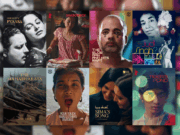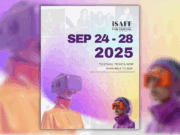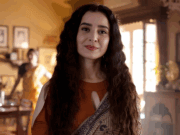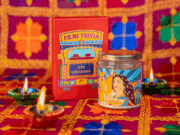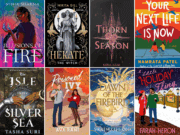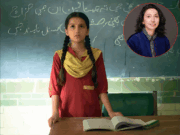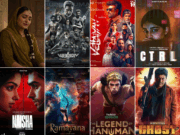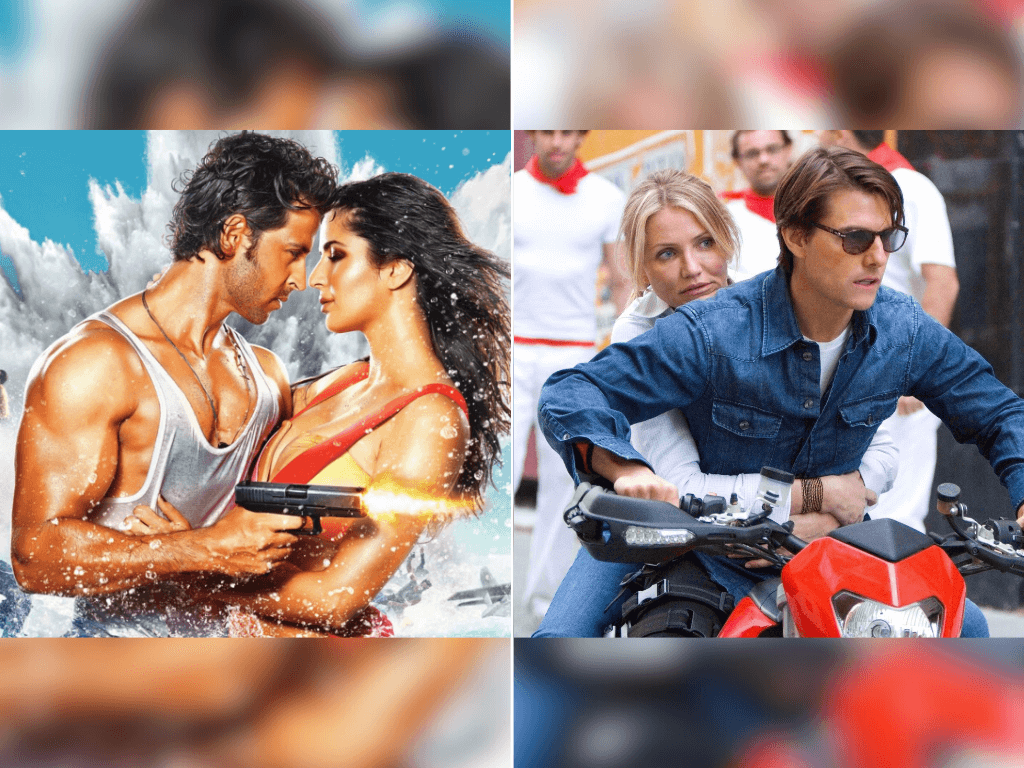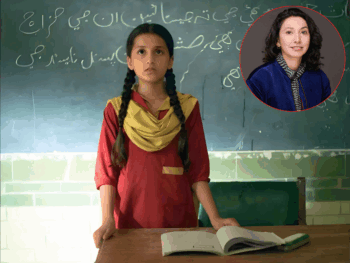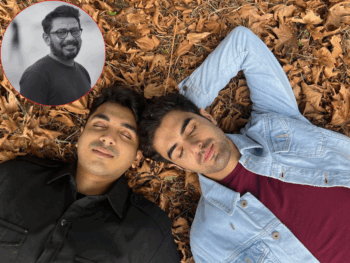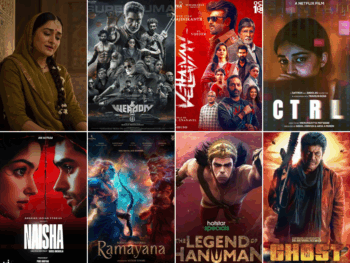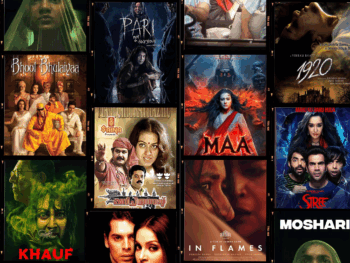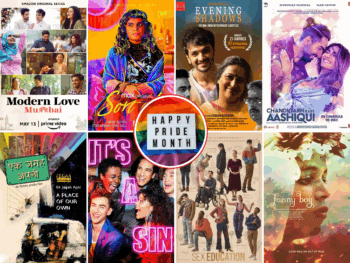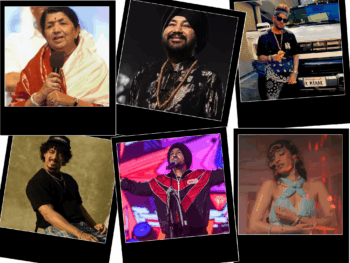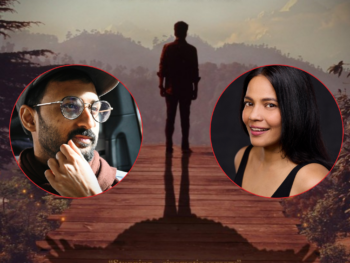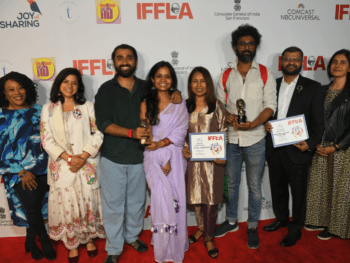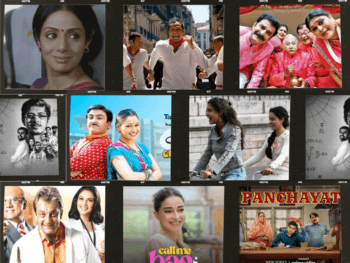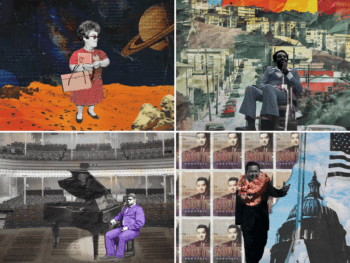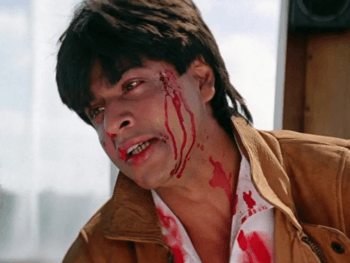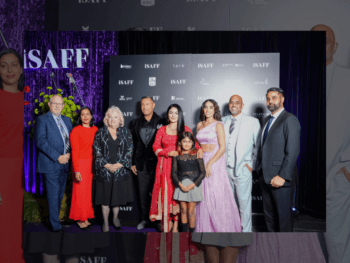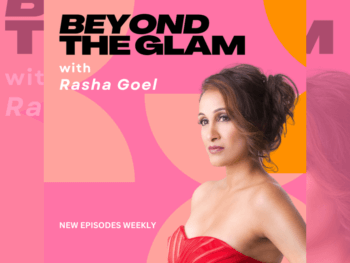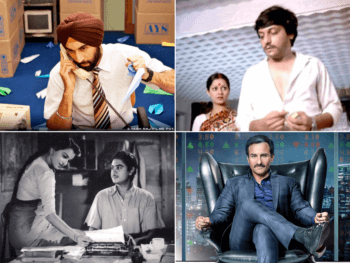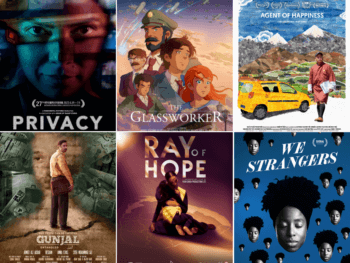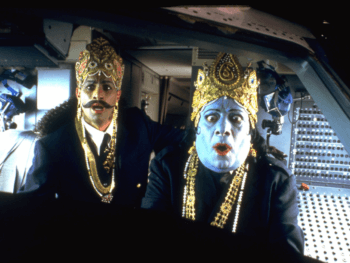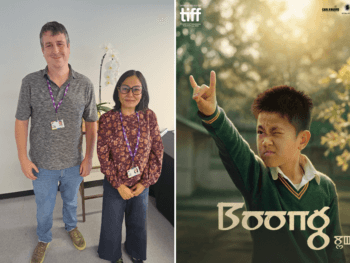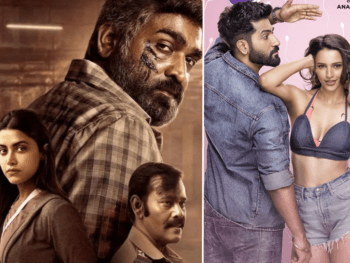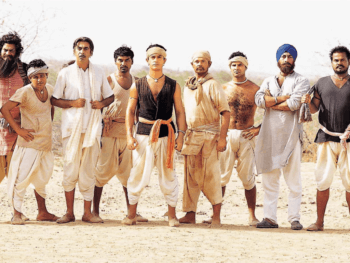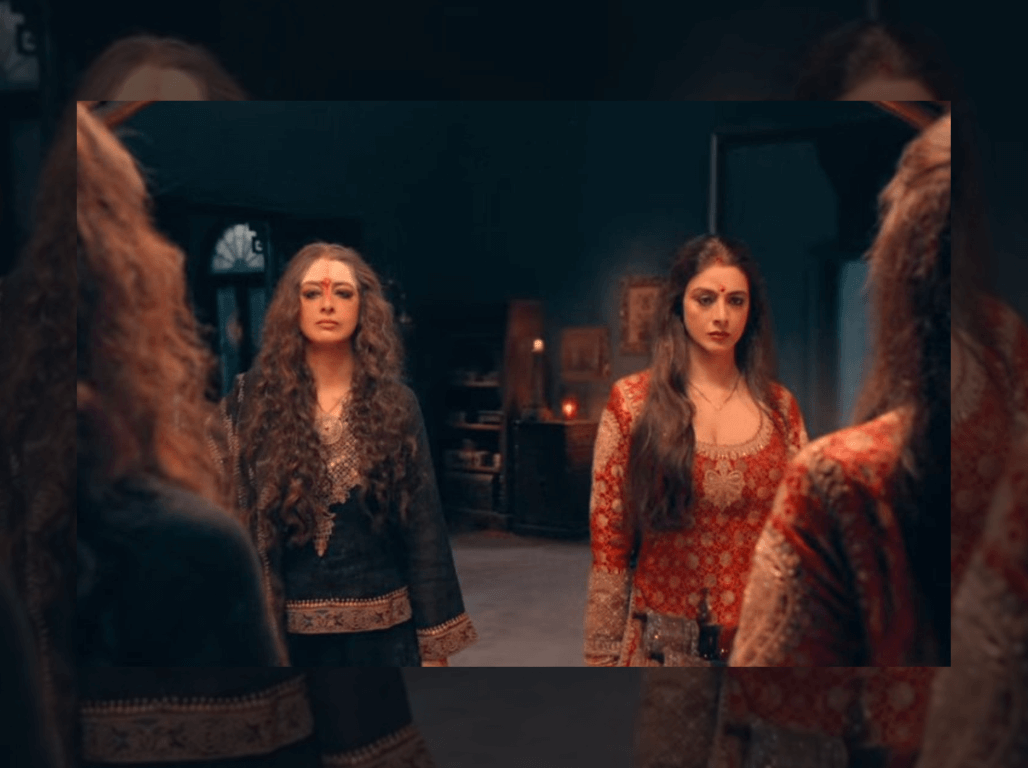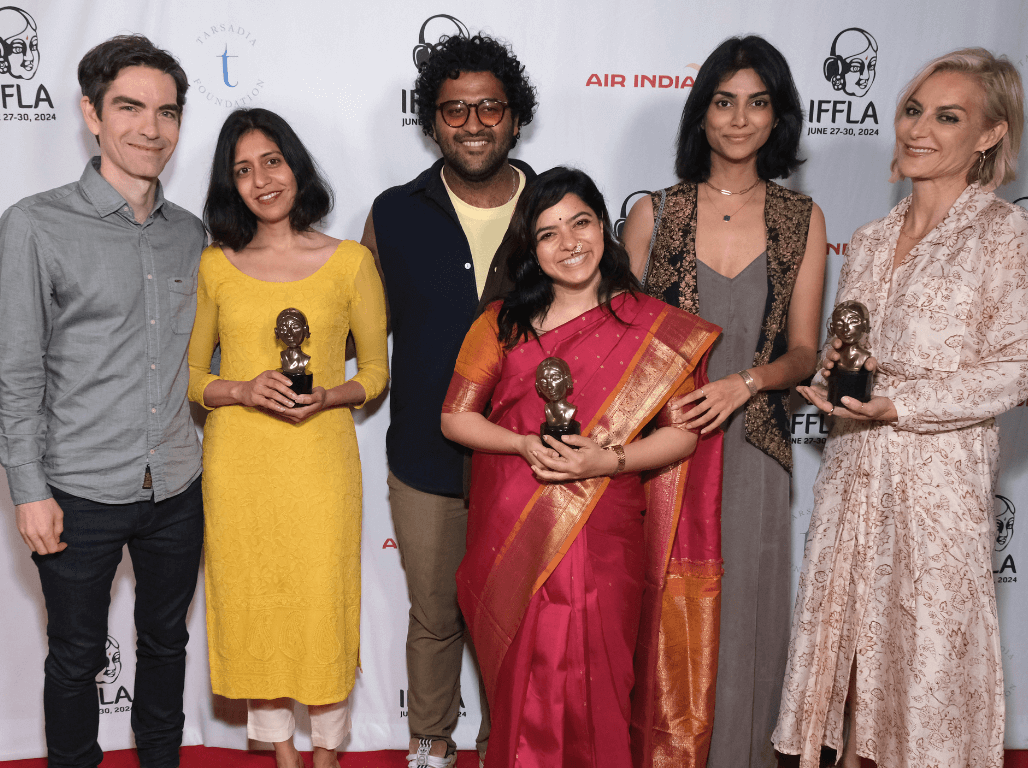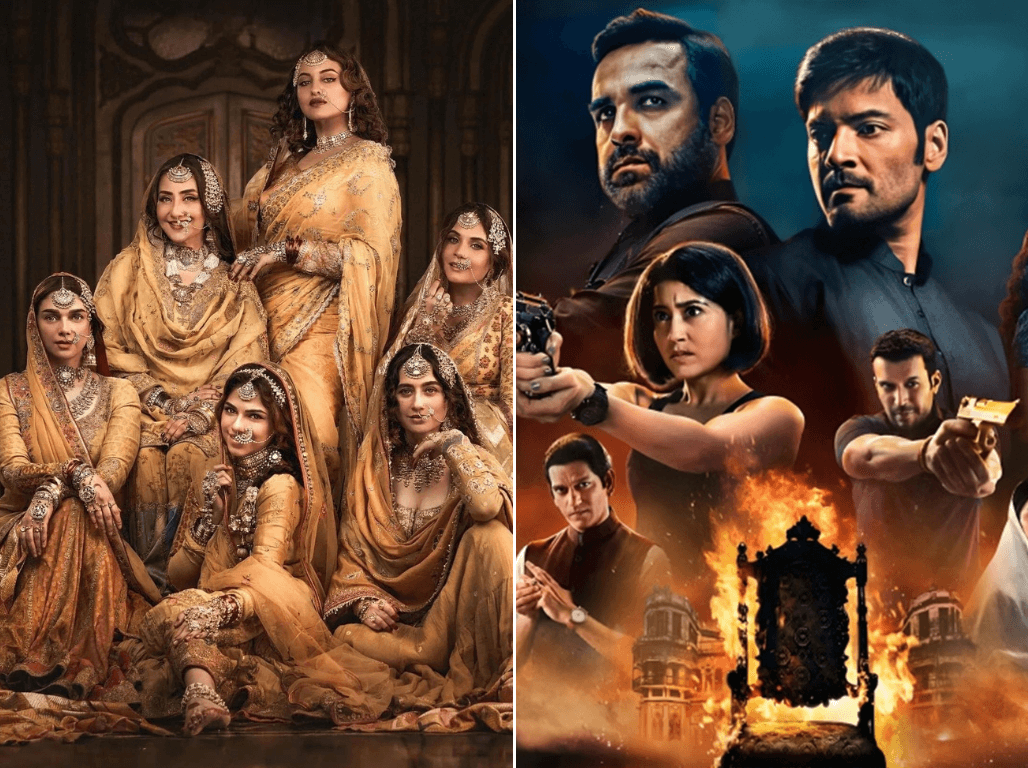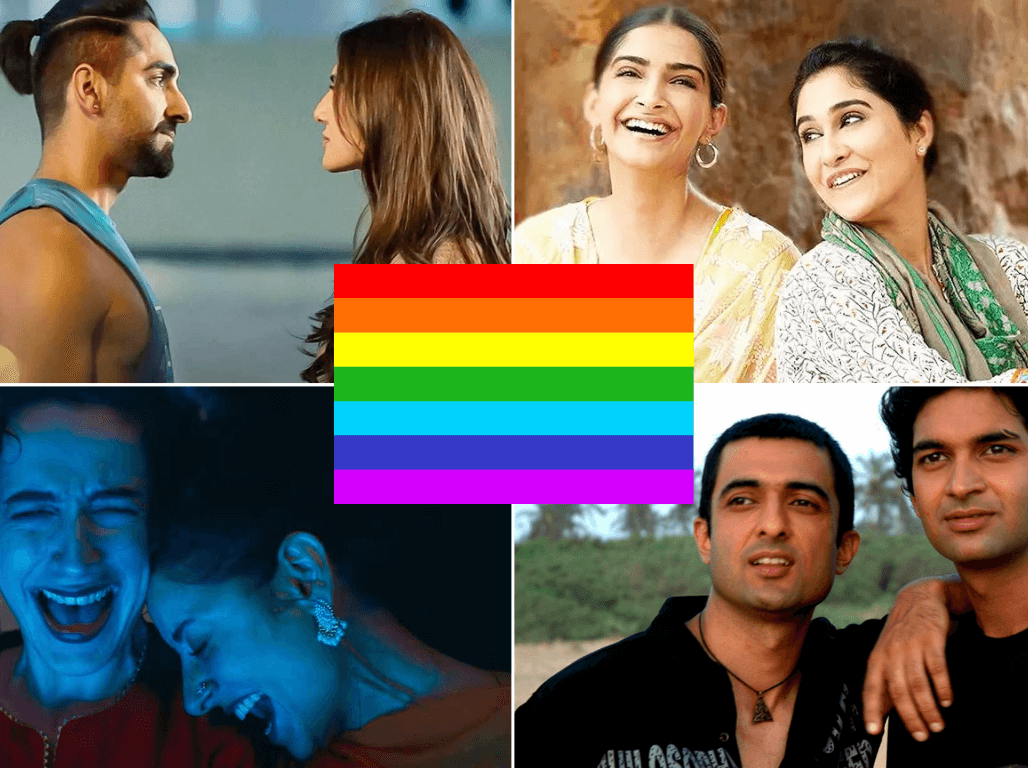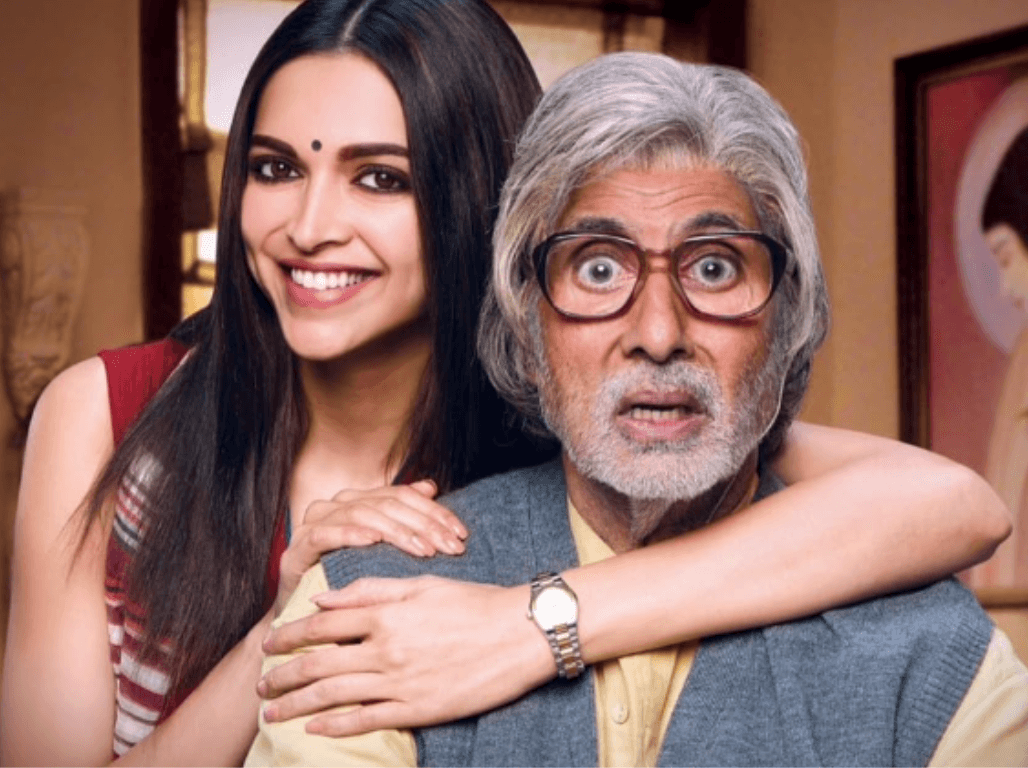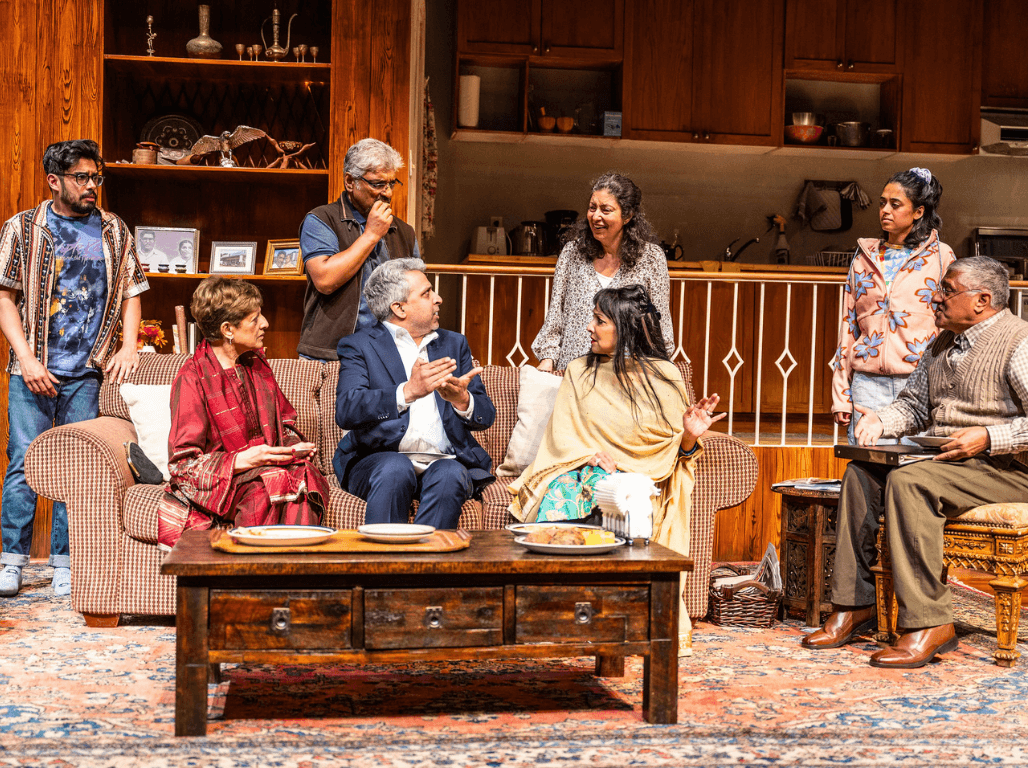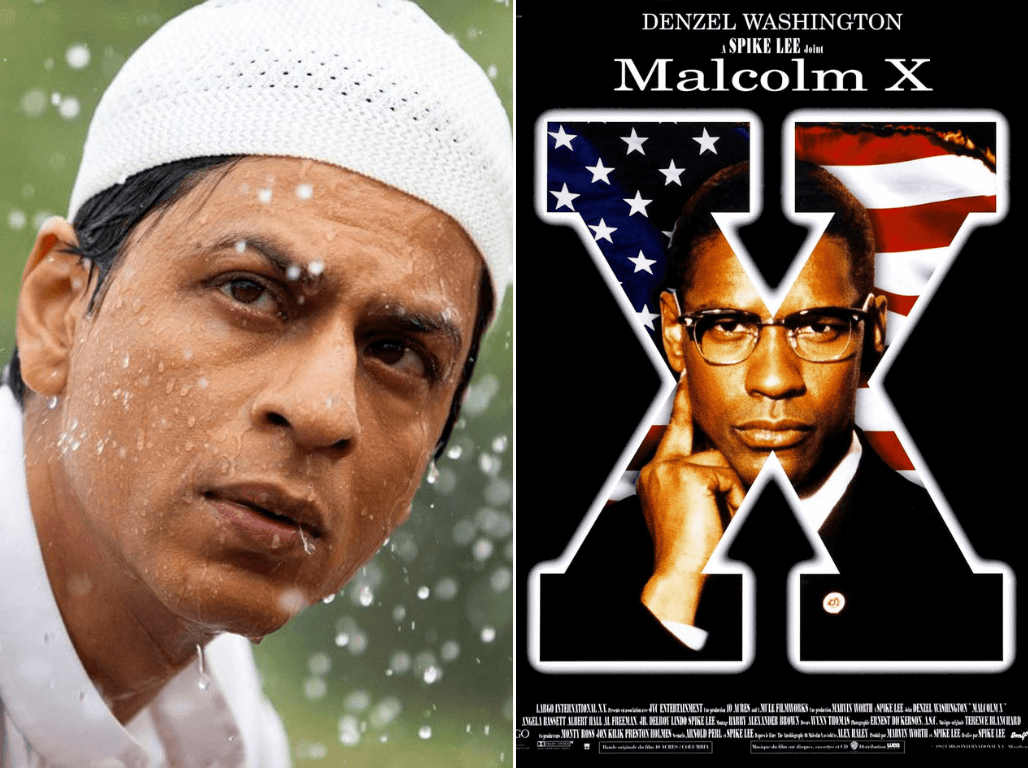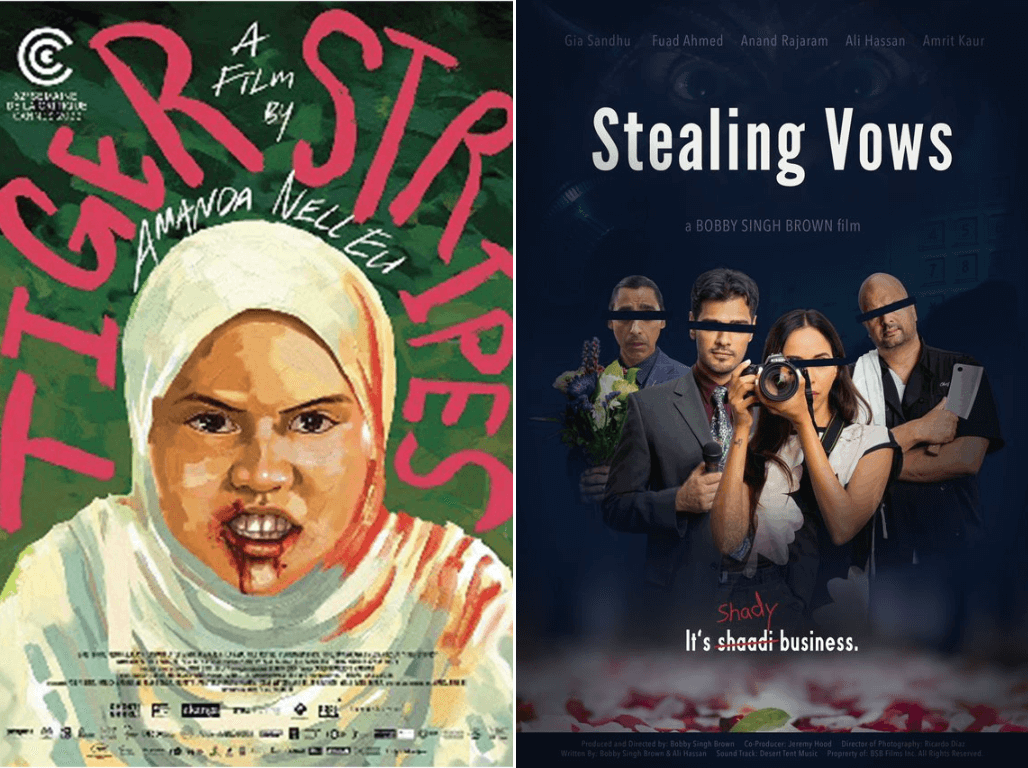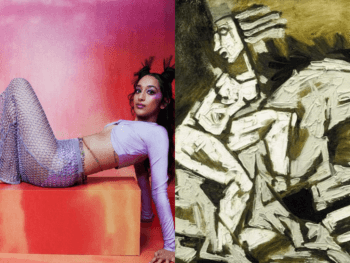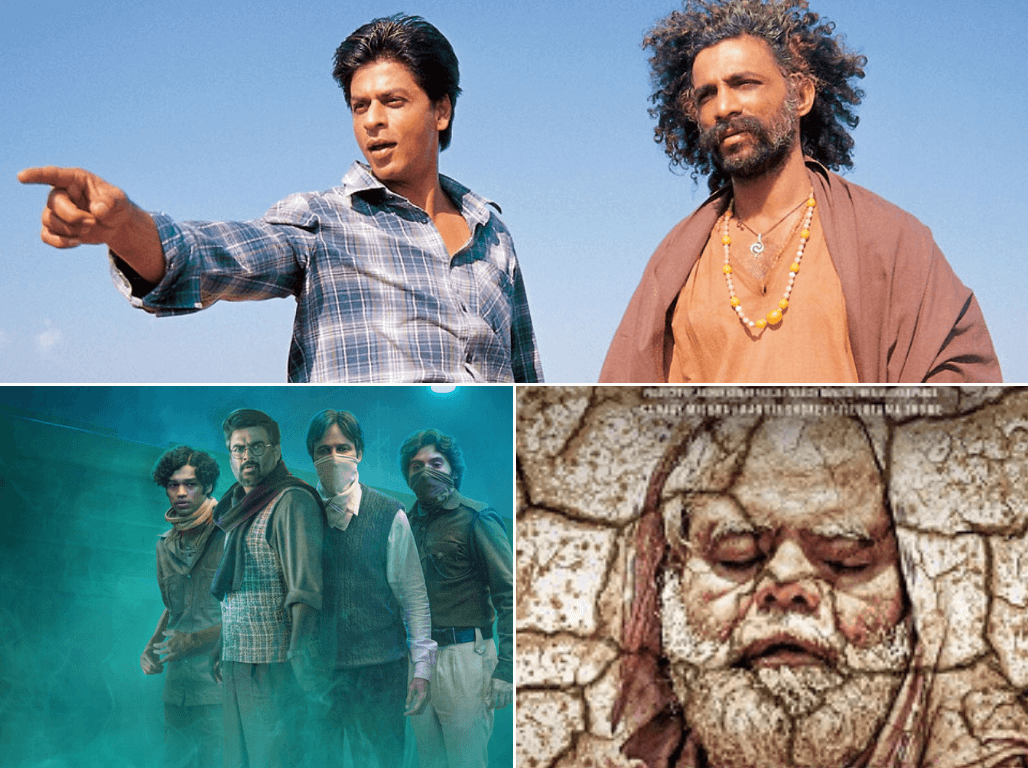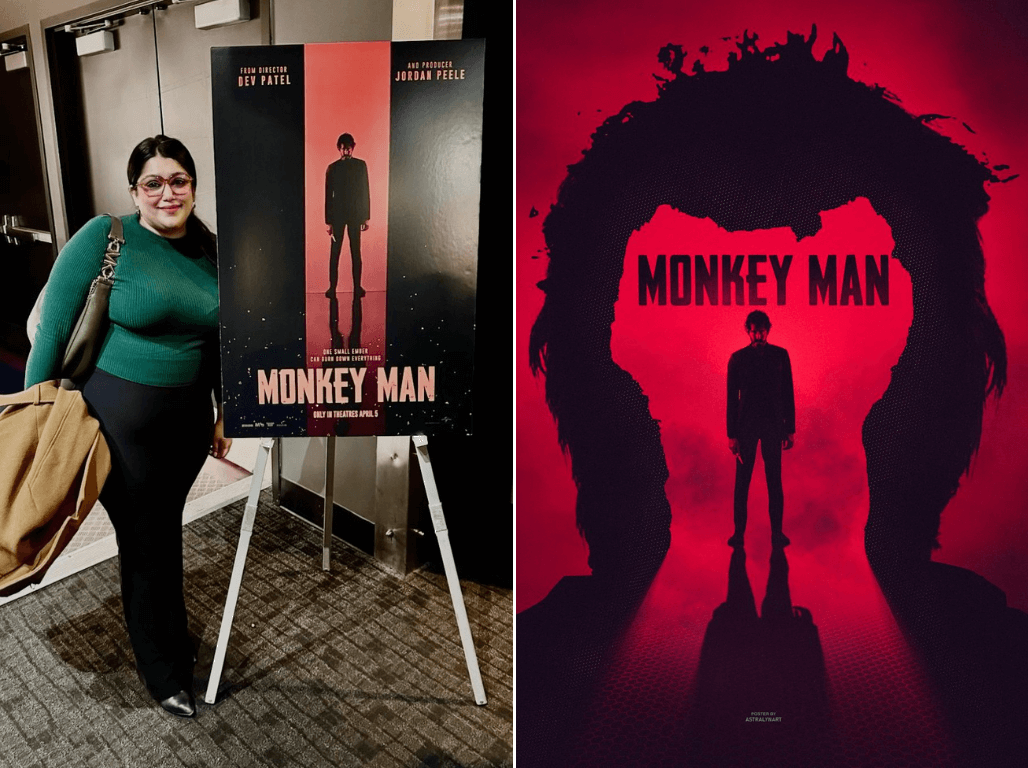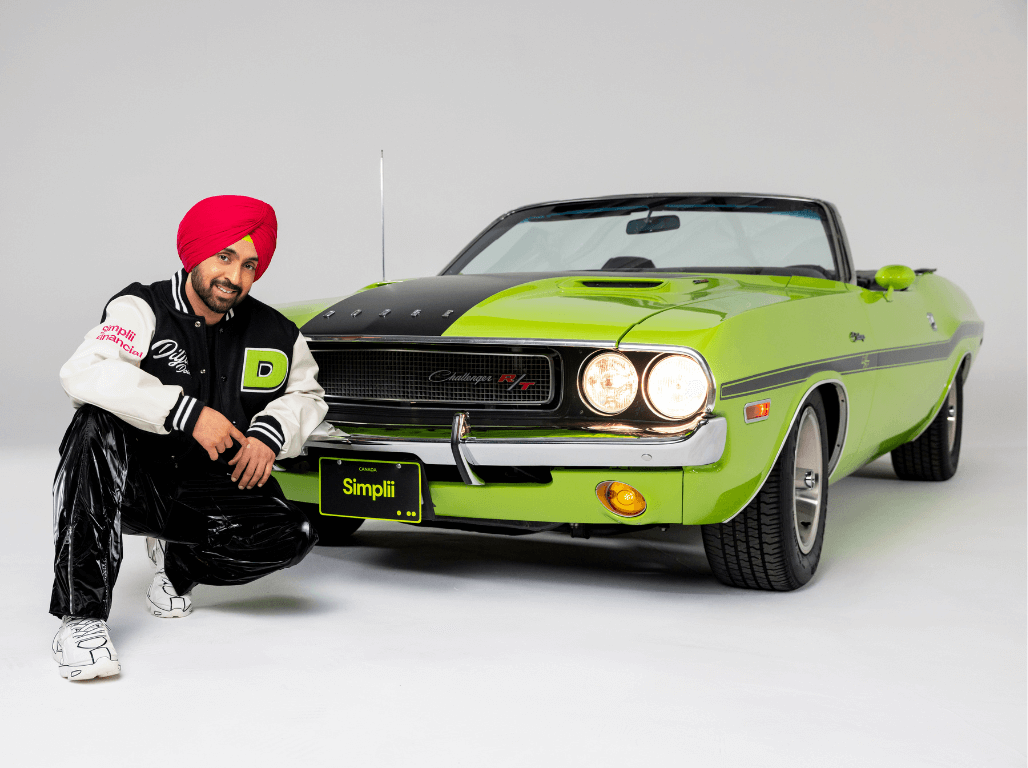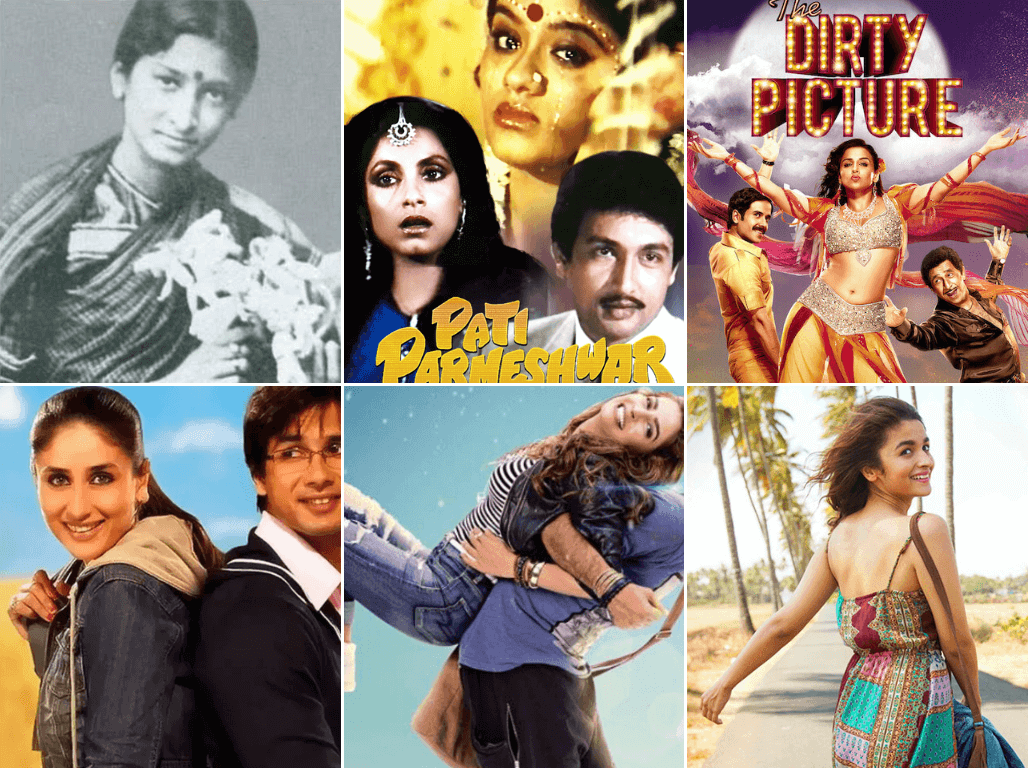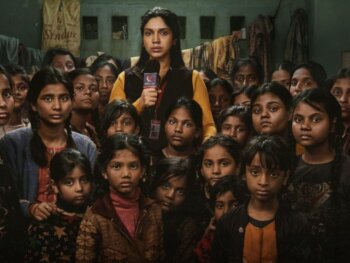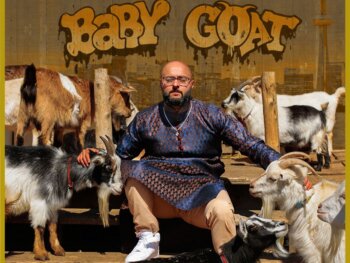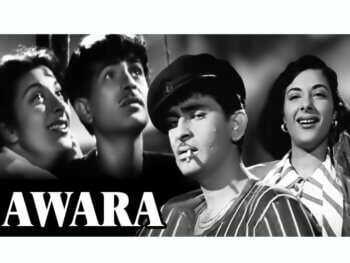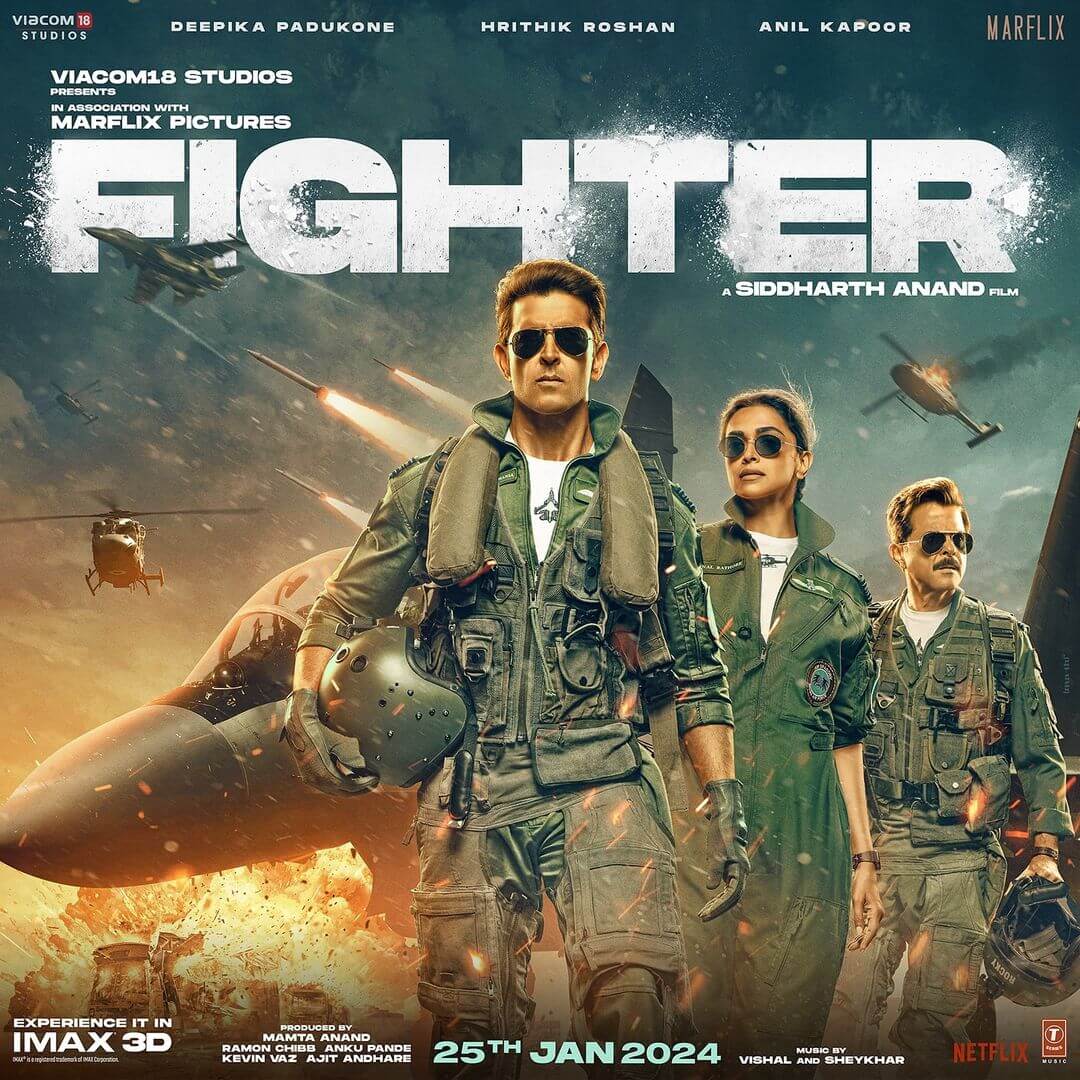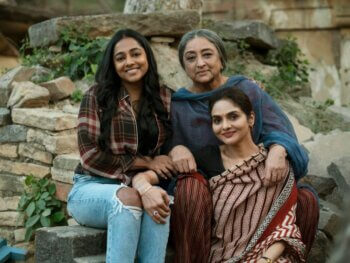I’ve seen Bollywood criticized repeatedly for copying Hollywood, and honestly, it’s hard to ignore. Over the years, Bollywood has moved beyond the occasional musical “inspiration” to full-blown replication of entire film plots, character arcs, and even cinematic styles. Popular Hollywood films like The Godfather, Mrs. Doubtfire, The Italian Job, and Memento have all inspired Bollywood adaptations that closely mirror the original storylines. What’s more, it’s not just the classics that have been reimagined; recent blockbusters like The Fault in Our Stars and The Girl on the Train have also had their Bollywood counterparts. While Bollywood’s remakes sometimes add a distinct cultural twist, it often leaves little room for originality and makes me wonder if Bollywood trusts its storytelling abilities.
And it’s not just the films; Bollywood has borrowed extensively from Hollywood’s music catalogue, too. I’ve noticed that famous Western tunes have been directly lifted and reworked into Bollywood soundtracks without much variation. Songs like Ankhon Mein Tera Hi Chehra echo George Michael’s Last Christmas, and Mehbooba Mehbooba from Sholay borrows Demis Roussos’ Say You Love Me. It’s not surprising that Bollywood music producers sometimes face accusations of being more copycats than creators. While I recognize that borrowing is a part of global art, the pattern can sometimes feel excessive.
Hollywood isn’t entirely innocent either, as it has borrowed ideas from world cinema, including Japanese horror, Korean thrillers, and European dramas. For instance, the Hollywood film Delivery Man resembles the 2012 Bollywood release Vicky Donor, a story centred around a young sperm donor. Similarly, the classic Bollywood movie Sangam, which explores a love triangle against a backdrop of war, appears to have influenced Pearl Harbor along similar lines. Unsurprisingly, a beloved film like Jab We Met would catch Hollywood’s eye; the makers of Leap Year claimed originality, yet its storyline is notably similar to Jab We Met. Additionally, Win A Date With Tad Hamilton seems to have borrowed from Rangeela. There are numerous other examples of Hollywood drawing inspiration from Bollywood classics!
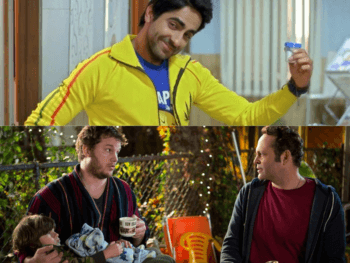
Yet, Bollywood’s level of replication tends to go deeper. Where Hollywood might adapt a foreign film’s concept, Bollywood sometimes reproduces scenes and storylines almost exactly. I feel that, at times, Bollywood goes for a direct copy rather than a cultural reinterpretation, which can come across as unoriginal. It would be refreshing to see Bollywood embrace its rich culture and narrative style, trusting its filmmakers to craft stories that are uniquely Indian yet universally compelling. After all, I believe Bollywood has the talent and creativity to stand on its own, without always looking to Hollywood for inspiration.
The 2007 Bollywood film Partner is a clear reproduction of the Hollywood movie Hitch. I recall a colleague mentioning that Raaz, another Bollywood hit, was an unofficial adaptation of What Lies Beneath. Hearing this truly surprised me; I hadn’t realized that Raaz, widely praised as a classic in Indian horror, had borrowed so heavily from a Hollywood story. This revelation made me wonder about how many other Bollywood films I’ve enjoyed without knowing their origins might lie elsewhere. The parallels between Raaz and What Lies Beneath aren’t just subtle; entire scenes and plot elements seem uncannily similar. Learning this has made me more aware of how Bollywood sometimes replicates Hollywood’s ideas, often without formal recognition.
Despite the abundance of such examples, many Bollywood films that resemble Hollywood productions have never faced legal scrutiny. For instance, Dhoom 3 drew inspiration from The Prestige, especially in its portrayal of twin brothers performing in a circus. Ghajini took substantial elements from Memento, while Bang Bang closely followed the plot of Knight and Day.
While Hollywood has greatly influenced Bollywood, there have been instances where filmmakers took it a step too far, essentially recreating entire films. Let’s explore more Bollywood films that have drawn heavily from Hollywood:
Players
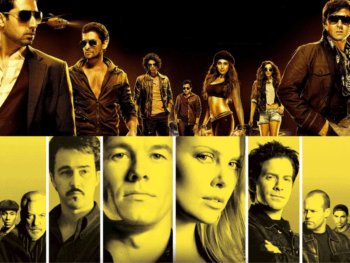
The well-known director duo Abbas–Mustan, famous for their thrilling action and romantic dramas, found inspiration in the acclaimed Hollywood film The Italian Job for their 2012 movie Players. This action-packed thriller follows a group who devise a risky plan to steal billions in gold from a moving train. The film features a star-studded cast, including Abhishek Bachchan, Bobby Deol, Sonam Kapoor, Bipasha Basu, Sikandar Kher, and Neil Nitin Mukesh.
Verdict: Abbas-Mustan’s 2012 Hindi film Players, starring Abhishek Bachchan, Sonam Kapoor, and Neil Nitin Mukesh, bears a striking resemblance to the 2003 Hollywood hit The Italian Job, featuring Mark Wahlberg, Charlize Theron, and Edward Norton. Although Players is an official remake, it recreates certain scenes almost exactly. Notably, both films feature a climactic moment where the heroes blow up the road beneath a truck to secure an edge; a scene nearly identical in both versions.
Kaante
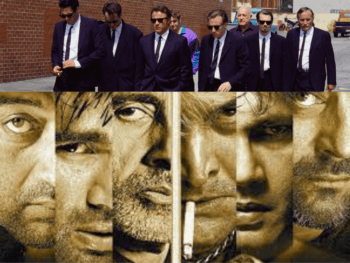
Director Sanjay Gupta’s highly praised film Kaante drew significant inspiration from Quentin Tarantino’s ensemble hit Reservoir Dogs. While both movies share similar storylines, Kaante resonated deeply with audiences thanks to powerful performances by its lead cast, including Sanjay Dutt, Amitabh Bachchan, Suniel Shetty, Mahesh Manjrekar, Lucky Ali, and Kumar Gaurav.
Verdict: Sanjay Gupta’s 2002 action film Kaante draws influence from Reservoir Dogs and Ringo Lam’s City on Fire, a film that also inspired Tarantino. Featuring Bollywood icons Amitabh Bachchan and Sanjay Dutt, Kaante follows six Indian men in Los Angeles who, after being unfairly targeted by the LAPD, decide to rob a bank. Kaante offered engaging entertainment, complete with sharp dialogue and richly crafted character backstories, a contrast to the more straightforward, somewhat “okayish” approach of Reservoir Dogs.
Satte Pe Satta
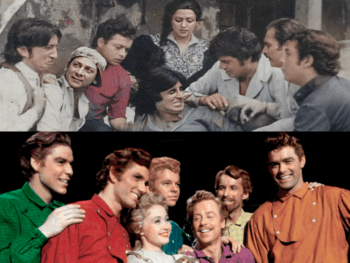
Raj Sippy’s 1982 action comedy-drama Satte Pe Satta, featuring Amitabh Bachchan and Hema Malini, centres on seven brothers who are taught essential manners by their elder brother’s wife. The film is an adaptation of the 1954 Hollywood film Seven Brides for Seven Brothers.
Verdict: Watching Satte Pe Satta as a kid was a fun and memorable experience; I found it entertaining and humorous. In comparison, Seven Brides for Seven Brothers, though based on Stephen Vincent Benét’s short story The Sobbin’ Women (itself inspired by the Sabine women’s abduction from Plutarch’s Life of Romulus), is more of a musical, something I don’t particularly enjoy. Overall, Satte Pe Satta remains my favourite of the two.
We Are Family
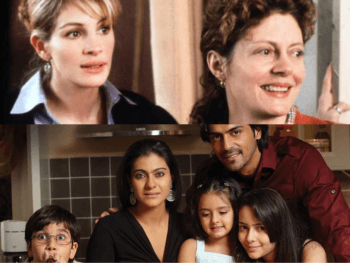
We Are Family is based on the Hollywood film Stepmom, which starred Julia Roberts and Susan Sarandon. Although both films have comparable plots, the English version performed better commercially. The cast includes Kareena Kapoor Khan and Kajol.
Verdict: Stepmom stands out as the better film, yet I truly appreciated Kajol’s and Kareena’s performances in the Bollywood remake, We Are Family. Their acting brought warmth and intensity to the story. However, remakes often fall short for me because they lack the unique essence and originality of the originals. Nothing quite compares to a film’s initial charm and authenticity.
Jo Jeeta Wohi Sikandar
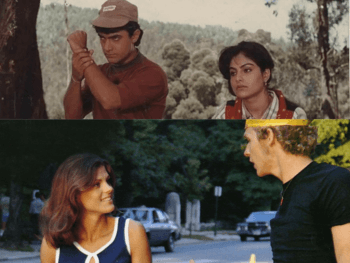
Regarded as one of Aamir Khan’s finest films, Jo Jeeta Wohi Sikandar was remade in Telugu as Thammudu and in several other languages. However, what you might not know is that this iconic Bollywood film drew significant inspiration from English director Peter Yates’ 1979 movie Breaking Away. Although there are notable differences, the central storyline of both films is strikingly similar.
Verdict: Jo Jeeta Wohi Sikandar is an inspiring film filled with motivation, discipline, and unforgettable music. Similar to Breaking Away, where locals are derogatorily referred to as “Cutters,” Jo Jeeta Wohi Sikandar uses the term “Pyjama chaap.” Despite these parallels, Jo Jeeta Wohi Sikandar stands out with its remarkable soundtrack, especially the iconic song Pehla Nasha and the lively inter-college music competition. Both movies were popular with audiences, but, for me, *o Jeeta Wohi Sikandar is the one I’d choose to watch any day, any time.
Bang Bang

The action thriller Bang Bang, featuring Hrithik Roshan and Katrina Kaif, became one of the highest-grossing Bollywood films of 2014 and is an official remake of Knight and Day, starring Tom Cruise and Cameron Diaz. Both films focus on a secret agent and a civilian, and they received praise for their thrilling action sequences.
Verdict: In Knight and Day, an array of intense action scenes unfolds once June Havens crosses paths with Roy Miller. Although Bollywood’s Bang Bang tried to match the Hollywood thrill, it didn’t quite reach the same level of excitement. However, Katrina Kaif and Hrithik Roshan’s sizzling chemistry did help soften some of the letdown. In the end, though, Knight and Day was undoubtedly the stronger film.
Murder
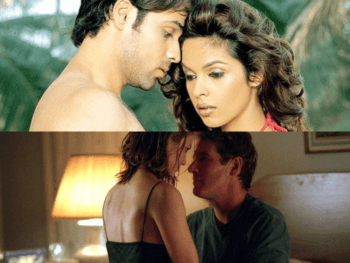
Following the buzz generated by Diane Lane and Olivier Martinez with their intimate scenes in the romantic thriller Unfaithful (2002), Emraan Hashmi and Mallika Sherawat created a similar stir in Murder. Released in 2004, this Bollywood film was inspired by the popular Hollywood movie that delves into extramarital affairs.
Verdict: Listen, I have had a crush on Emraan Hashmi since my girlhood days! The songs in this film are to die for! I watched Unfaithful recently and I didn’t enjoy the film. I know Murder in and out and would choose Murder over Unfaithful. I say this because I prefer Tadka and Drama over sluggishness.
Chachi 420
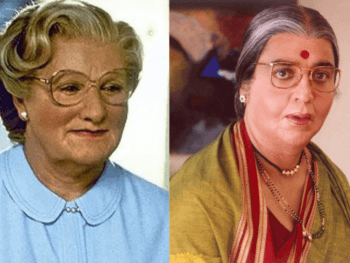
Featuring Kamal Hassan, the comedy film Chachi 420 took inspiration from Mrs. Doubtfire, which starred Robin Williams. While there are several differences in the storyline, both films share a similar premise in which a father disguises himself as a housemaid to stay close to his children.
Verdict: I adore Chachi 420! I could watch it another 10,000 times and still not get tired of it. Just last month, I rewatched both Chachi 420 and Mrs. Doubtfire to put together this comparison, and honestly, Chachi 420 would still be my pick every time. While Mrs. Doubtfire has a fantastic storyline and plenty of laughs, Chachi 420 brings its own unique charm and humour that keeps drawing me back.
Pyar Toh Hona Hi Tha
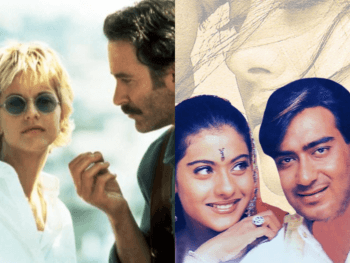
French Kiss, starring Meg Ryan and Kevin Kline, didn’t achieve significant success in the West. This might explain why the producers of its popular Bollywood remake chose not to acknowledge that it was inspired by the Hollywood film. The cast of Pyar Toh Hona Hi Tha includes Kajol and Ajay Devgn.
Verdict: I’ve watched Pyar Toh Hona Hi Tha so many times that my memories of French Kiss have faded a bit! I do recall enjoying a few scenes, especially the lighthearted, classic rom-com vibe that French Kiss brings. Meg Ryan and Kevin Kline’s chemistry added a quirky charm, and the beautiful French backdrop gave the film a warm, escapist quality. While Pyar Toh Hona Hi Tha will always be close to my heart, French Kiss captures that feel-good rom-com magic that I love, right alongside my go-to genres, horror and thriller!
God Tussi Great Ho
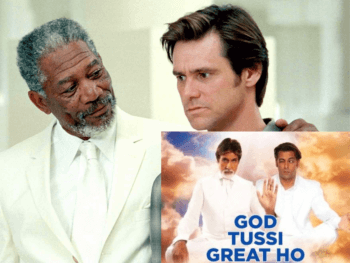
Director Rohit Dhawan asserted that God Tussi Great Ho was inspired by a folktale about a Brahmin boy. However, critics and reviewers pointed out that the film, starring Salman Khan and Priyanka Chopra, closely resembled the comedy Bruce Almighty, which starred Jim Carrey and Jennifer Aniston.
Verdict: Honestly, God Tussi Great Ho struggled to capture the audience’s attention and appreciation, something most viewers would agree on. Bruce Almighty, by contrast, was far more enjoyable, even though I only caught it in bits and pieces! God Tussi Great Ho attempted to recreate the charm of Bruce Almighty but missed the mark, feeling more like a flat imitation than a tribute. With Salman Khan stepping into the role played by Jim Carrey in the original, the Bollywood remake couldn’t match the wit and energy that Carrey brought to the part. Instead of creating something fresh, the movie leaned too heavily on Bruce Almighty’s plot without the same spark, making it feel like a missed opportunity.
Hum Tum
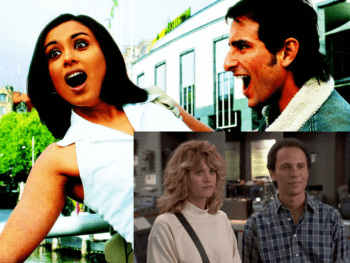
In Hum Tum, Saif Ali Khan and Rani Mukerji explored the same theme as When Harry Met Sally, which posed the intriguing question of whether a man and a woman can be just friends. Directed by Kunal Kohli, their on-screen chemistry brought the narrative to life, encouraging Indian audiences to contemplate the complexities of cross-gender friendships.
Verdict: Hum Tum borrows heavily from When Harry Met Sally, centring on two strangers who form a brief friendship, only to reconnect years down the line. While Hum Tum adds a Bollywood touch with its signature masala and background music, it’s essentially a close replica of the Hollywood classic. That said, both films are incredibly lovable in their own right, each offering its take on the timeless theme of love and friendship. Whether you’re a fan of Bollywood or Hollywood, these movies are worth watching.
Raaz
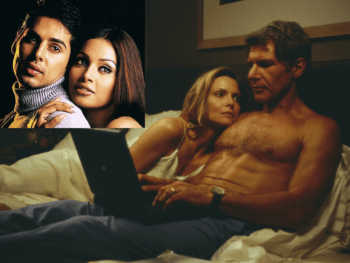
Raaz draws significant inspiration from the 2000 film What Lies Beneath, which starred Harrison Ford and Michelle Pfeiffer and was directed by Robert Zemeckis. Notably, the two films exhibit striking similarities, particularly in their storylines following the break. The Hindi film, Raaz, closely mirrors key plot elements from What Lies Beneath, showcasing its themes of mystery and suspense.
Verdict: Raaz is essentially a weak remake of What Lies Beneath, and after sitting through its three-hour runtime, I can say the original was far superior. Directors often seem to believe they can take a well-loved plot, throw in a few twists, and avoid making it feel like a straight copy, but it rarely works. Admittedly, Raaz did resonate with a lot of viewers, who enjoyed its dramatic flair and found it genuinely scary. However, as a horror fan myself, it didn’t quite hit the mark for me; it felt more like a drawn-out thriller than the intense horror experience I’d hoped for.
Barfi
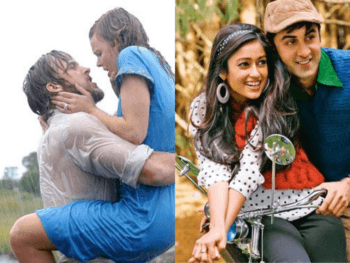
The film starring Ranbir Kapoor and Priyanka Chopra, Barfi, was selected as India’s official entry for the Oscars in 2013. The poignant scene where Ranbir and Priyanka pass away in each other’s arms is directly adapted from The Notebook. Additionally, the sequence in which Ranbir’s character attempts to rob a bank while playing hide-and-seek with Saurabh Shukla’s cop character, using a sliding door, is taken from Charlie Chaplin’s 1917 short film, The Adventurer.
Verdict: Barfi follows the story of a mischievous, deaf-mute boy who, despite facing obstacles from the local administration, stays true to his charming self. Interestingly, Charlie Chaplin played a similar role in The Adventurer. While The Notebook has received global admiration for its emotional depth, I wasn’t drawn to it due to its overly romantic nature. Barfi too, though powered by Ranbir Kapoor’s outstanding performance, didn’t fully resonate with me either. Despite its sweet moments, neither film gave me the excitement I seek in movies.
Taxi No. 9211
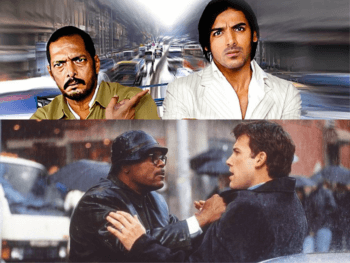
The film Taxi No. 9211 featuring John Abraham and Nana Patekar, closely mirrors the 2002 film Changing Lanes, starring Ben Affleck and Samuel L. Jackson. The storyline revolves around a wealthy young man who finds himself at the mercy of a cab driver, echoing the themes and conflicts presented in the Hollywood original.
Verdict: Taxi No. 9211 remains one of Bollywood’s most underrated gems. Though it was only a moderate success, the unforgettable performances by John Abraham and Nana Patekar truly made the film stand out. While it’s undeniably inspired by Changing Lanes, I find Taxi No. 9211 more engaging. The Indian setting and unique chemistry between the leads add a distinct flavour that Changing Lanes lacked for me. The emotional depth and tension in Taxi No. 9211 made it a more gripping experience, and I would choose it over the original any day.
Summary:
In conclusion, while Bollywood has undeniably produced some original and culturally rich films, its frequent borrowing from Hollywood and other international cinemas raises questions about the industry’s creative future. By relying too heavily on Western plots, Bollywood risks losing its distinct identity and becoming overly dependent on external influences.
That said, the audience’s appreciation for these adaptations suggests that a fusion of inspiration and innovation can still yield success. However, it’s important to note that Bollywood has also faced criticism for plagiarizing songs and scenes from Hollywood, just as Hollywood has been influenced by other global cinemas.
Ultimately, the industry needs to strike a balance between honouring international cinema and nurturing its originality, ensuring it continues to evolve and maintain a unique presence on the world stage.
Mehak Kapoor | Entertainment Editor
Author
Mehak Kapoor (@makeba_93) is an entertainment and lifestyle journalist with over a decade of experience in anchoring and content creation for TV and digital platforms. Passionate about storytelling and factual reporting, she enjoys engaging with diverse audiences. Outside of work, she finds solace i...





